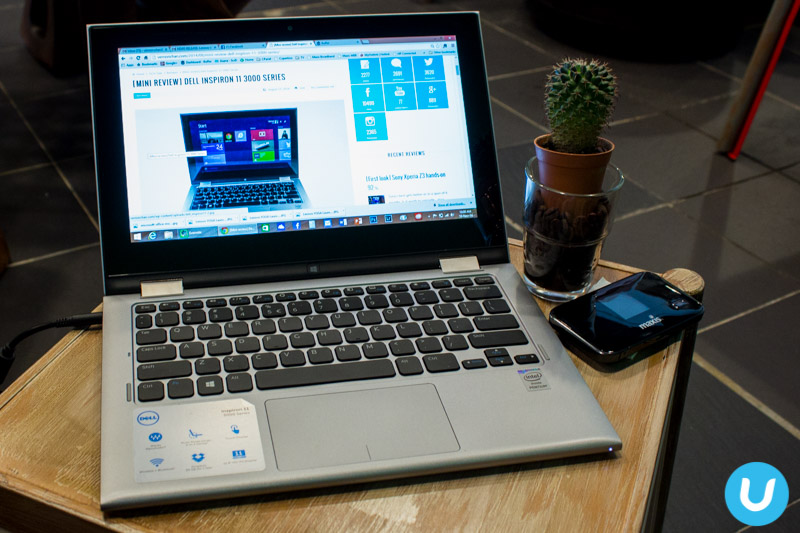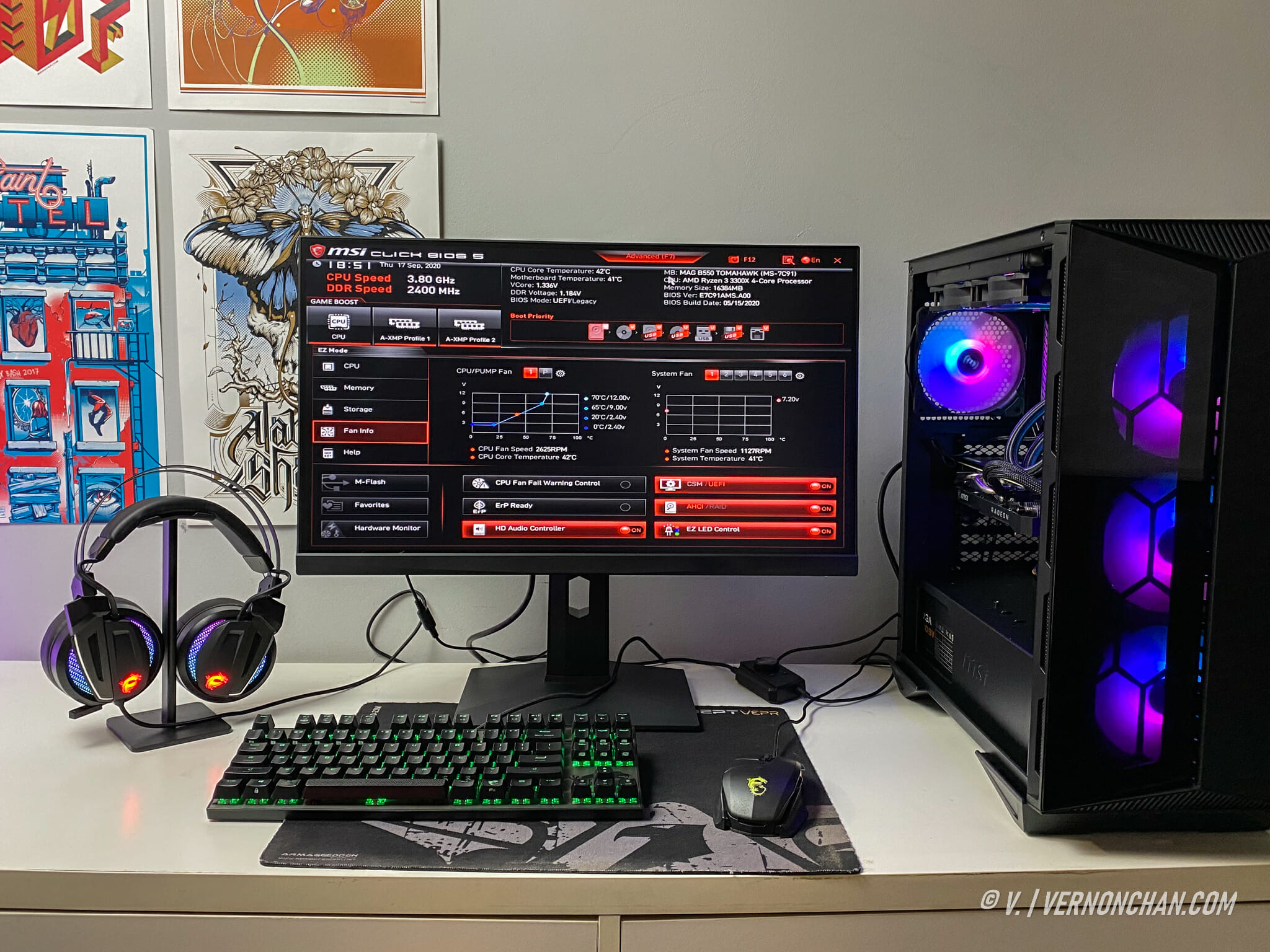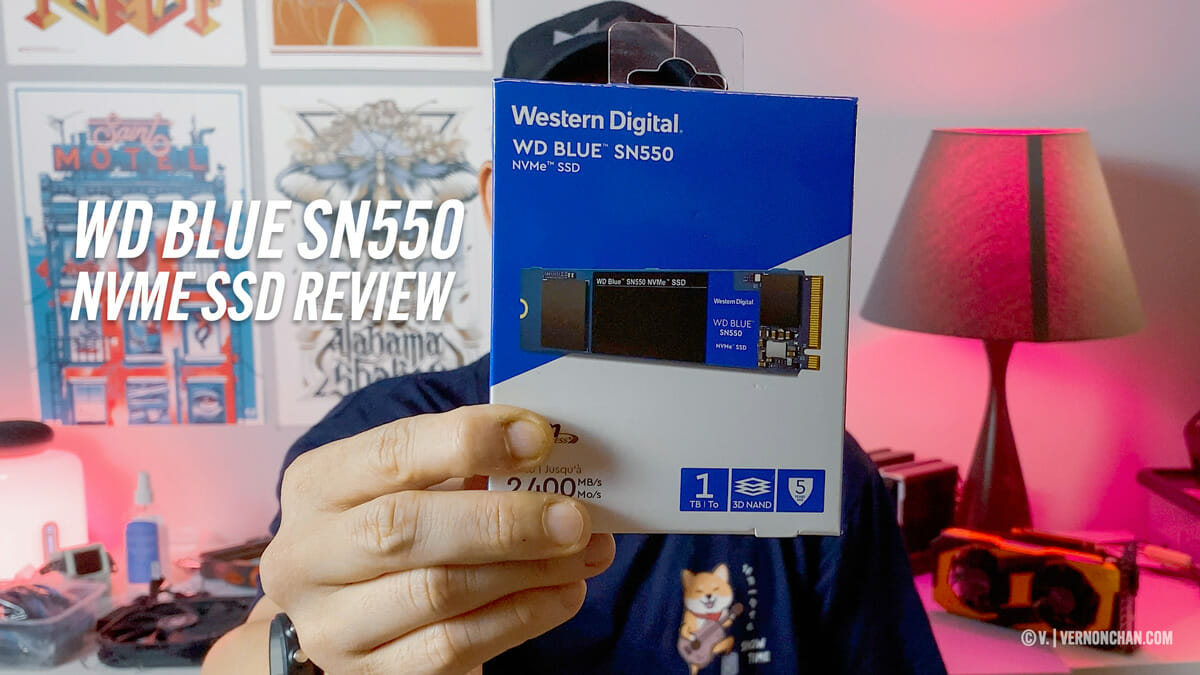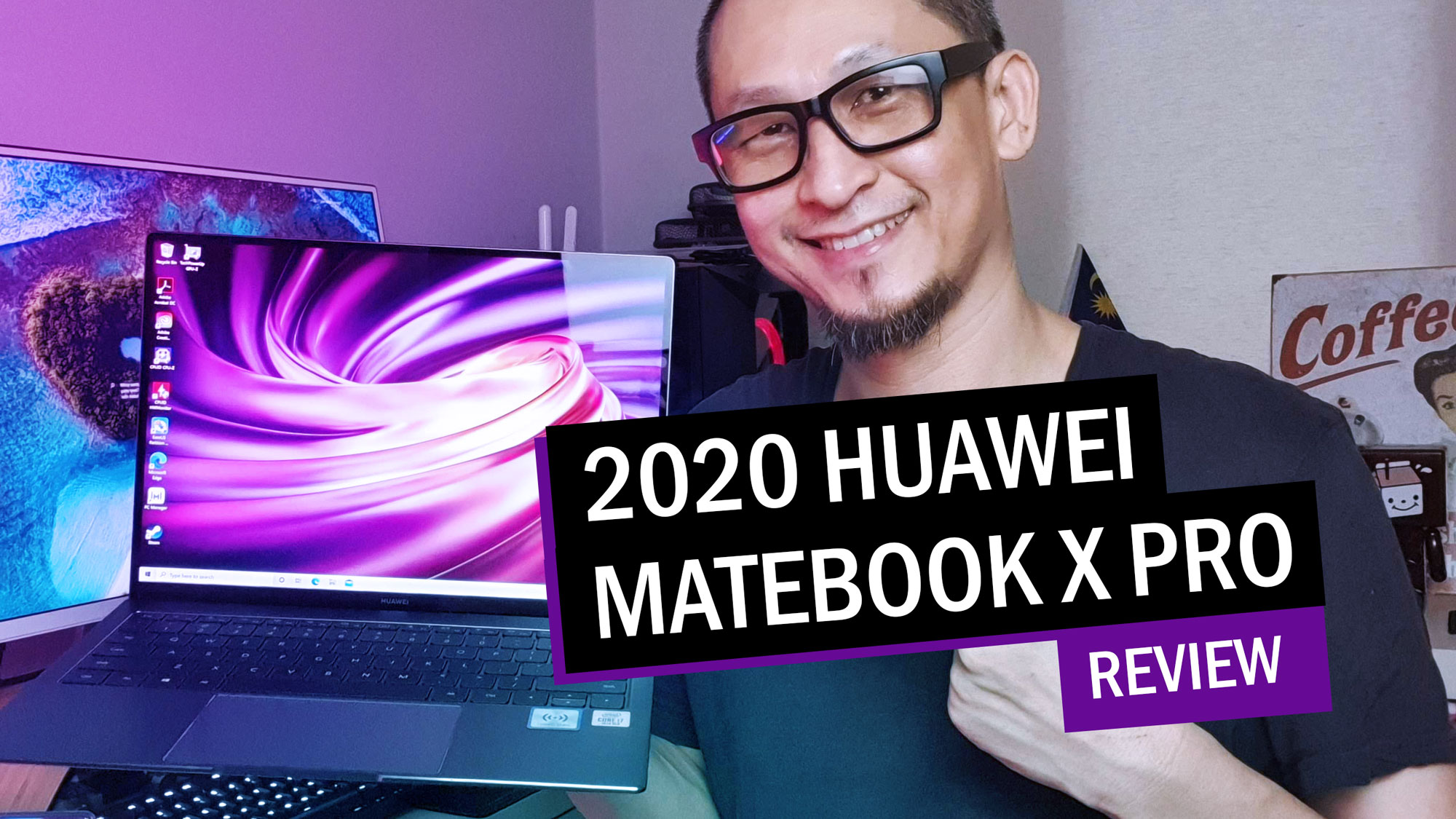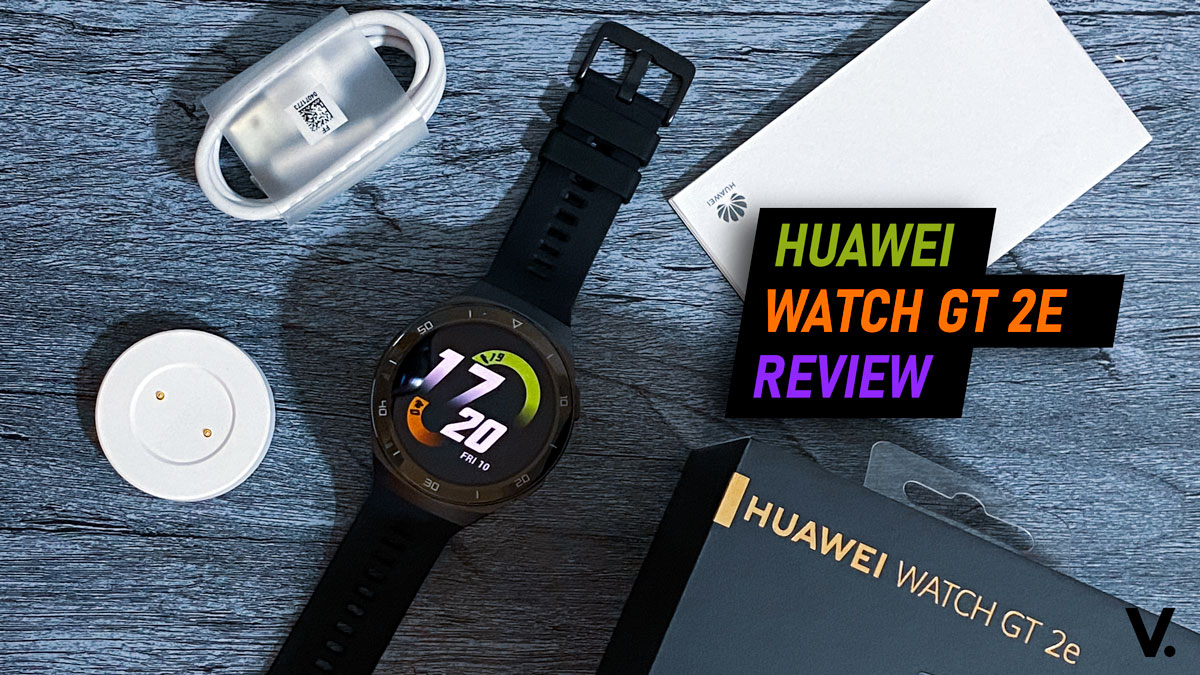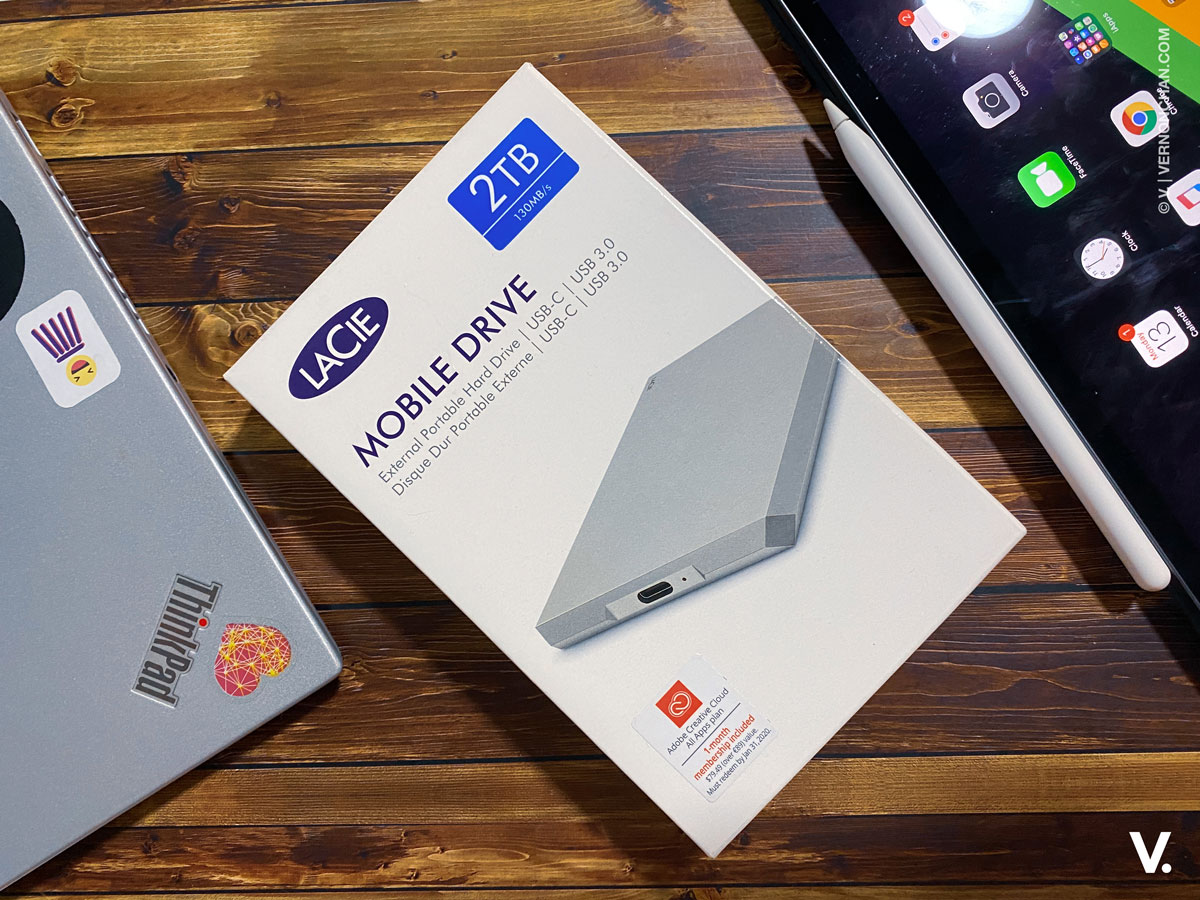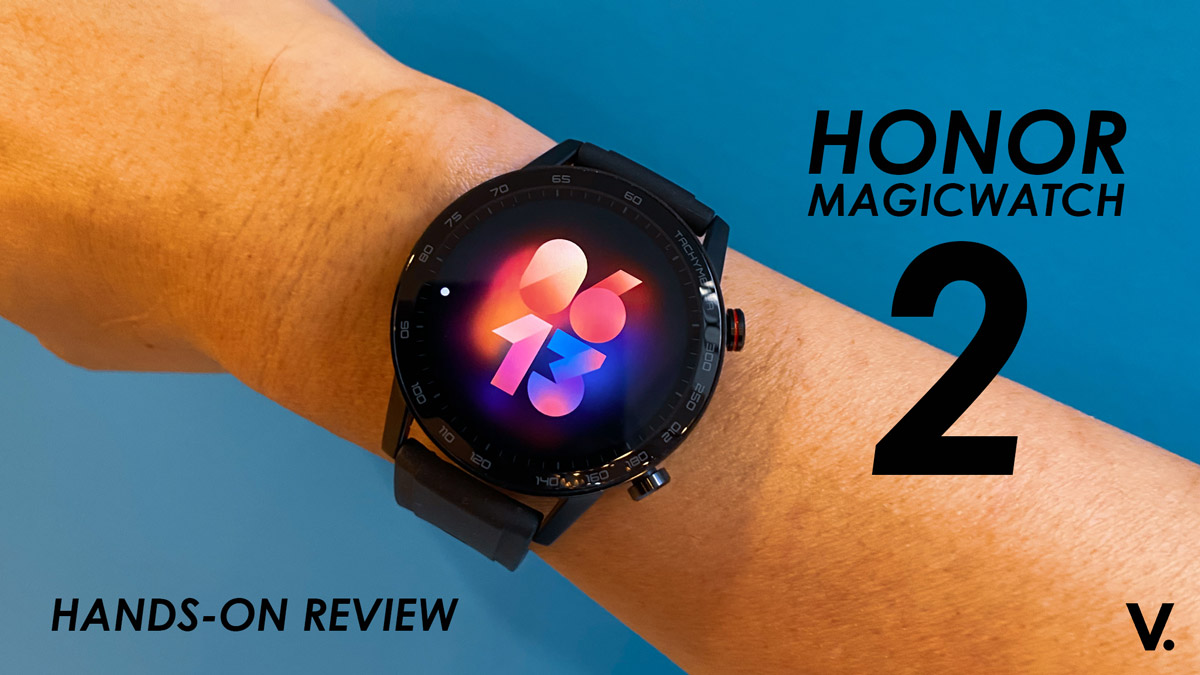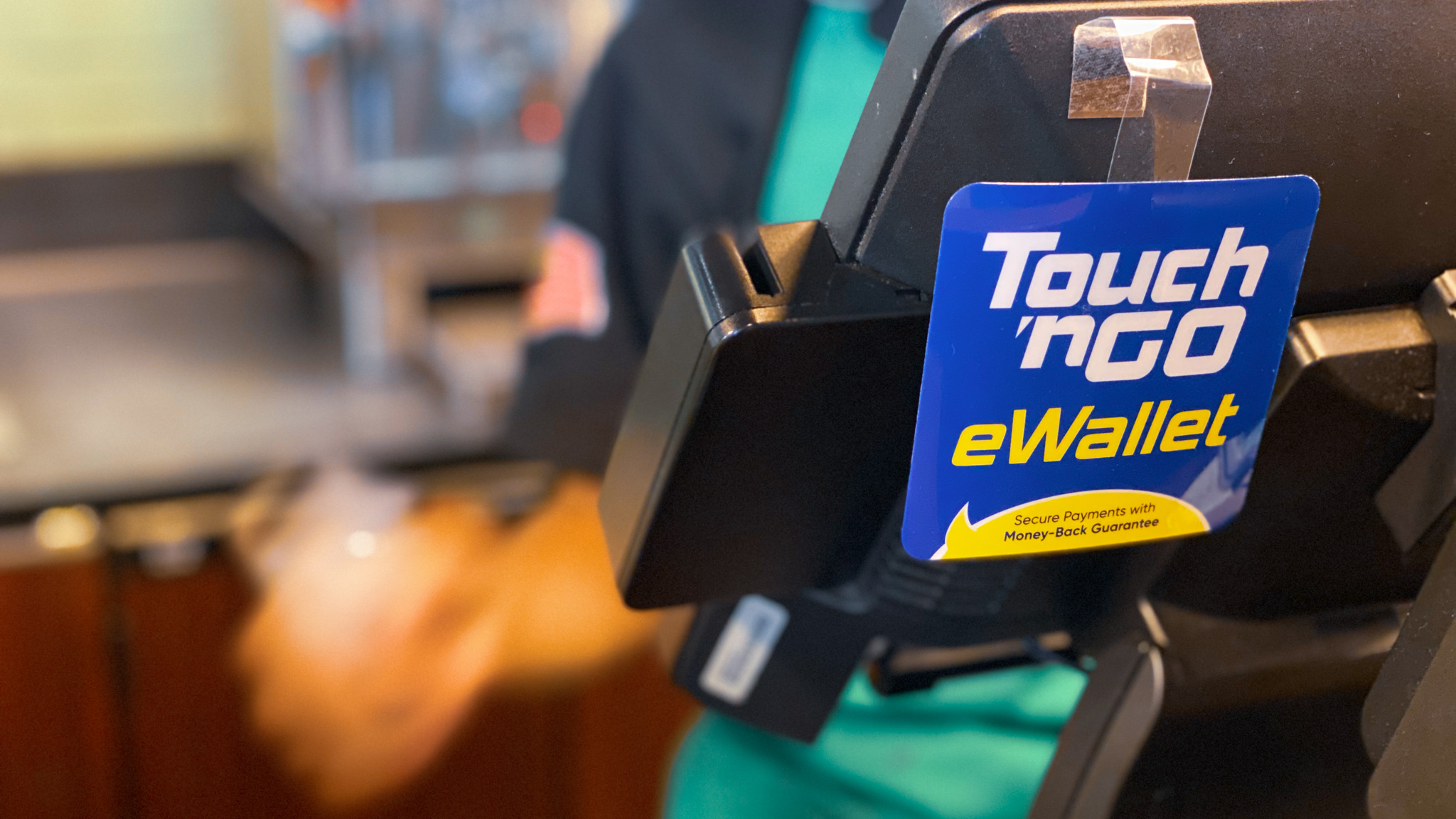The “Year of the 2-in-1s” as labeled by Intel has been intriguing to say the least, with a plethora of new devices flooding the market. You’ll see these ‘multi-modes’ take precedence over pure tablets, thanks to the ability to switch modes quickly from tablet to notebook and back. A recent 2-in-1 device that I’ve had the opportunity to testdrive, is the Inspiron 11 3000 Series. Continuing from the mini review I wrote several weeks back, here’s a more detailed account of this budget-friendly device from Dell.
Design and build: Versatile
The Inspiron 11 uses a metal finish plastic body that doesn’t look bad at all. The metallic finish gives it a more elegant look, more expensive that it actually is. When closed, the device measures 21.2mm thick, not unlike a conventional notebook. Weighing at 1.39kg it’s pretty gentle on your back, too.
Round back you’ll notice two huge hinges that give you a clue about its ability to transform. The hinge allows for 360-degree movement of the 11.6-inch screen. Easily move from notebook to tent to tablet, to tablet stand modes. It’s really pretty neat once you’ve gotten used to it.
It may be label ed a 2-in-1, but you’ll be pleased that there’s a plethora of ports and expansion available. On the left side you get a HDMI port, two high-speed USB 2.0 ports and 3.5mm audio jack. On opposite side, you’ll get a USB 3.0 port, multi-format card reader, volume rocker and power button.
On the front, the 11.6-inch HD display is framed with a rather thick bezel, with a web cam on the top, and the pre-requisite physical Windows button on the bottom.
This versatile baby isn’t a bad looker at all, and overall pleasing indeed.
Hardware: Feature-packed
Powering the Inspiron 11 is either the dual-core Intel Celeron N2830 or the quad-core Intel Pentium N3530 with Intel HD Graphics. The review unit was the latter, packed with 4GB DDR3 RAM and a conventional 500GB 5400rpm SATA hard drive. Not scorching hardware, no doubt but more than enough firepower for general computing.
4GB RAM is adequate, though I wished that it was at least double that. Disappointingly there isn’t an option to upgrade in the Dell website. 8GB would have been ideal. Likewise with the 500GB SATA hard drive — while it gives you ample storage, an SSD option would have been nice for those who prefer a little more performance. The good news is, RAM is soldered onboard and you can easily remove the bottom panel for memory and storage upgrades separately.
Understandably Dell had to keep costs low, so some things had to be sacrificed.
That being said, the Inspiron 11 packs everything else you’d ever need in a notebook. The 11.6-inch 1,366×768 pixel IPS touchscreen isn’t shabby at all, providing crisp, bright text and visuals, and wide viewing angles.
There are plenty of ports and expansion options including USB 2.0, USB 3.0 with sleep charging, full-size HDMI output, multi-format card reader, Bluetooth 4.0, 2.4ghz 802.11b/g/n Wi-Fi and headphone/mic jack.
There’s a 720p webcam with mic for video chat and a 3-cell, 43Whr battery that Dell claims will last up to 8 hours. We’ll have a look at this in a bit.
The keyboard layout is well-spaced, and keys are almost full-sized. Key travel is good, with a reassuring feel to it. Responsive and very nice to type on. Dell has almost been pretty good at the notebook keyboards (I like the one of the Vostro, too) and it’s nice that their prowess has translated to this budget 2-in-1 device as well.
The large touchpad is alright, not the most responsive but adequate. You may want to increase palm rejection as it may be prone to accidental swipes. Well, that’s what the touchscreen display is for. Less touchpad input, more touchscreen 🙂
[button link=”https://vernonchan.com/2014/12/review-dell-inspiron-11-3000-value-2-1-masses/2/”]Next Page >[/button]


